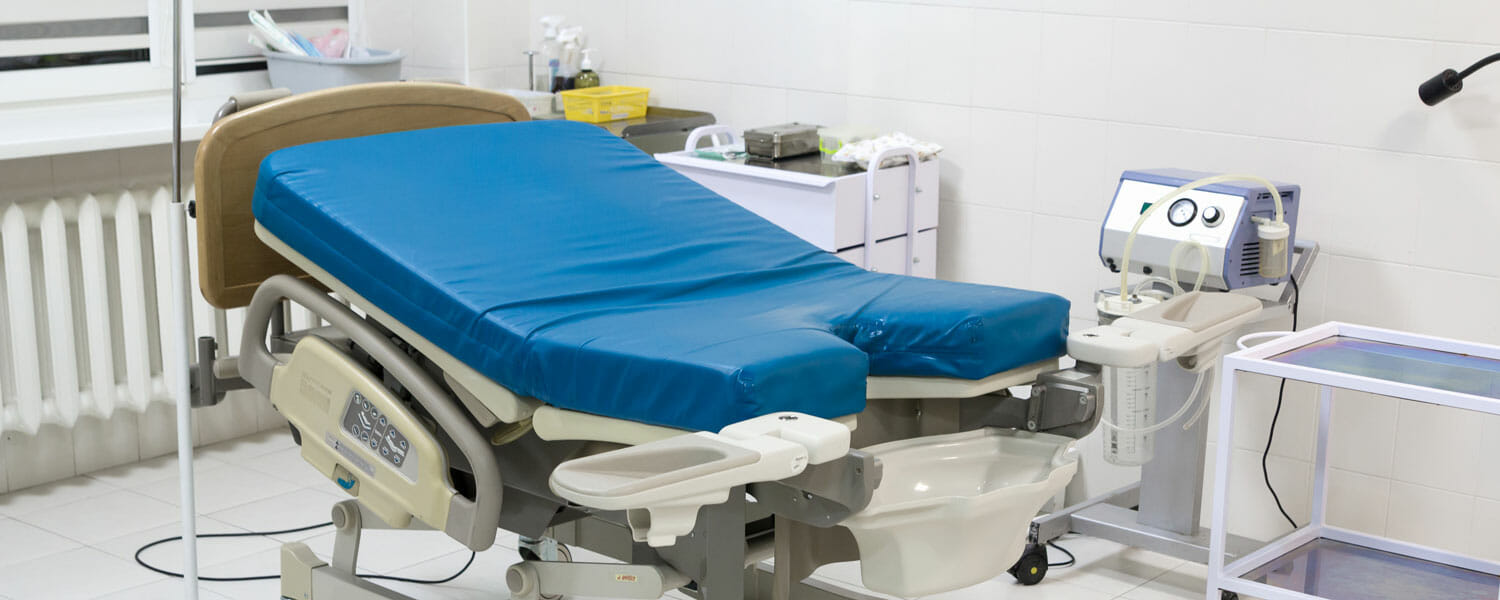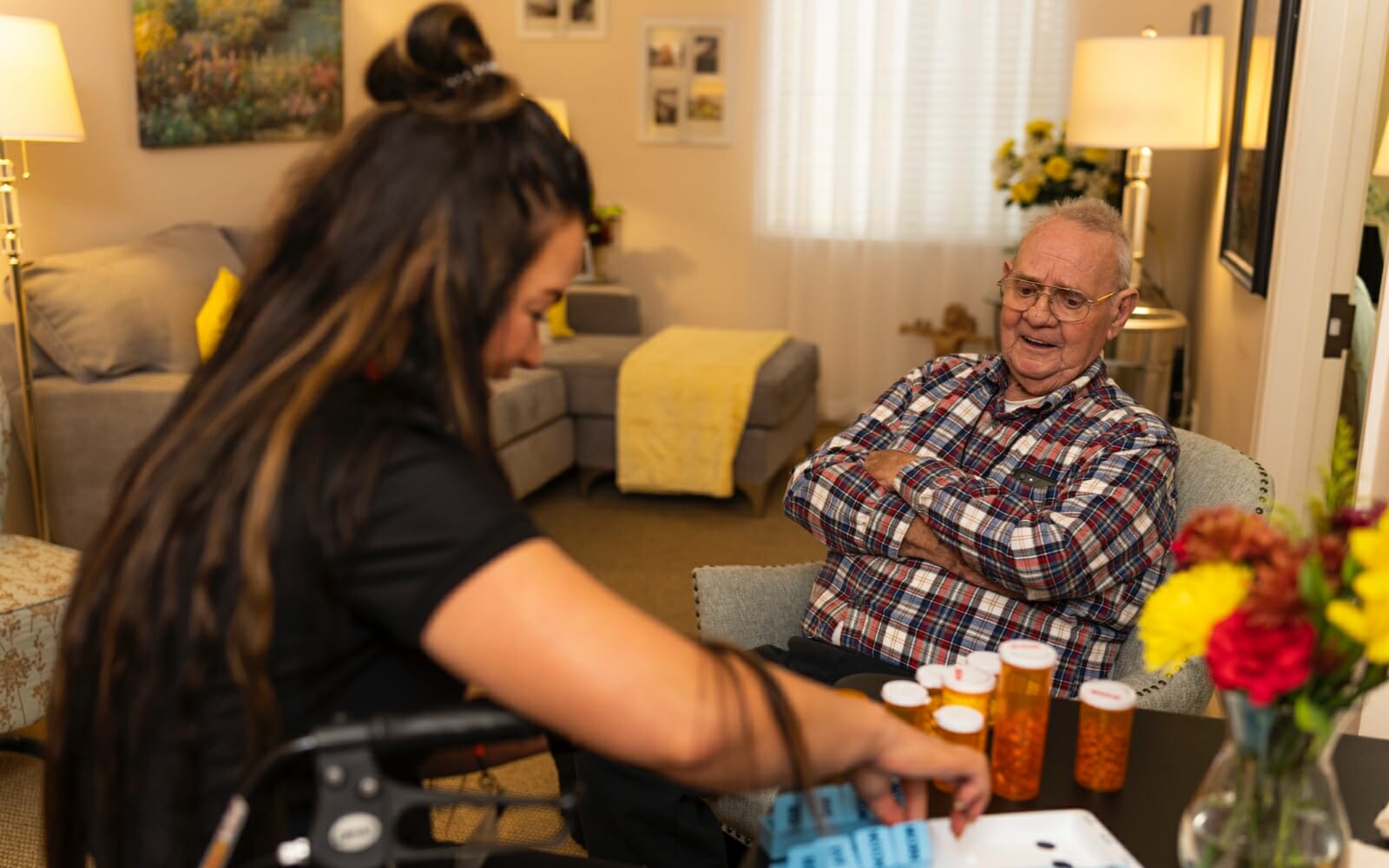
Hospice can be the right choice for end-of-life care among many patients with terminal illnesses. That’s because hospice shifts the focus of medical treatment for the terminally ill from recovery to pain reduction. The three goals of hospice care are to comfort patients, improve their quality of life, and give them control over their end-of-life experience. Providing that comfort and control often means providing hospice care in a patient’s home, assisted living facility, or wherever they reside.
As a leading hospice care provider in Utah, Active Home Health, Hospice & Personal Care gets a lot of questions about hospice care and what it entails. For instance, many people don’t know that most insurance companies, including Medicare, cover at least six months of hospice. Keep reading for answers to other questions about what you can expect from Utah hospice care.
Is medical equipment provided by hospice companies?
When considering hospice, one of the main questions is, “Does hospice provide medical equipment like a hospital bed?”
In most cases, the hospice care provider will supply any equipment needed to facilitate hospice care. Medical equipment and supplies often needed for hospice include oxygen tanks, incontinence products, hospital beds, and more.
Generally, the need for additional medical equipment is minimal in the early part of hospice care. Then, as the patient’s condition changes, that need often increases. Hospice companies rely on members of the hospice staff who, after reviewing a patient’s condition, will place an order for what a patient requires at each stage of their hospice journey. Each patient’s needs will be different. Some will lose mobility and require wheelchairs. Others may develop breathing problems and need nebulizers or oxygen tanks.
Active Home Health, Hospice & Personal Care supplies all the equipment our hospice patients need to feel calm and comfortable.
Are pain management services provided during hospice care?
Yes, pain management is a primary goal of hospice care. Hospice is all about providing terminal patients with comfort and an improved quality of life. Managing and reducing a patient’s pain provides both.
Patients experiencing less pain can often remain active longer than those with more pain. That means they can spend more time doing things they enjoy and being around the people they love.
While a pain management routine usually includes some medication for physical symptoms, it can also include other methods for reducing a patient’s emotional and psychological pain, too. Some additional pain management methods can include massage, meditation, spiritual consultation, and counseling. At Active Home Health, Hospice & Personal Care, we know pain doesn’t just start and end with the patient. It’s why we also provide bereavement and emotional support services for those the patient leaves behind.
Does hospice care provide medication management services?
Yes. Much of hospice care is dedicated to managing and reducing the patient’s pain. That often includes some form of medication.
Once a patient is under hospice care, their treatment plan is no longer about recovery, but comfort. That means almost all medication given during hospice care will be administered to reduce symptoms or relieve pain.
A hospice physician takes over as the patient’s primary care provider once they begin hospice services. This physician will usually set the parameters of the prescription, but the hospice nurse helps evaluate the patient’s pain in real time to adjust daily doses. Sometimes, hospice patients may have difficulty expressing their level of pain. Our hospice care providers perform pain evaluations regularly and look for nonverbal cues that the patient might be experiencing discomfort.
Often, the hospice staff will train a member of the patient’s family to manage medication administration. This family caregiver (FCG) often has personal connections with the patient that give them insights into the patient’s pain and help them feel comfortable.
Some people think hospice patients get “doped up” or “pumped full of meds” to the point that they’re no longer themselves. This is a misconception. Hospice care is about giving the patient the best quality of life. Hospice medication management balances pain reduction with the patient’s ability to engage in activities both physically and mentally. Without that engagement, we would simply be swapping physical pain for emotional pain.
Pain medications commonly prescribed during hospice include the following:
- Acetaminophen
- Dexamethasone
- Haloperidol
- Hydromorphone
- Lorazepam
- Methadone
- Morphine
- Oxycodone
Some drugs on that list, particularly opioids, may send up red flags for some patients or their family members. While opioids can become addictive when abused, these medications will be monitored and administered in precise and conservative doses. Additionally, the prognosis for patients on hospice care usually indicates a life expectancy that will end before addiction can occur.
Does hospice provide nursing care?
Yes. Hospice providers provide nursing care to terminal patients. In fact, a hospice company must provide doctor, nursing, and pharmacy services to receive Medicare certification. However, since the patient is terminal, certain procedures may not be covered.
For example, if a hospice patient needs emergency care, before you go to the hospital or call 911, contact their hospice provider. They can advise you on the next best step. as taking a person in hospice directly to the emergency room or hospital could result in them receiving treatments that insurance no longer covers or even revoking from hospice all together.
Once patients enter hospice, their nursing care and medical treatment should be handled through the hospice provider.
The insurance company’s refusal to pay for some medical procedures for hospice patients can seem unfair. It can imply that going to hospice is a way to hasten the end of the patient’s life. This is another misconception.
Hospice care is about improving the quality of life for those nearing the end. Often, the comfort and relief hospice provides actually extends the expected lifespan of the patient. Learn more about how hospice can affect the lifespan of the patient receiving it in our “How long do hospice patients live for?” post.
Contact Active Home Health, Hospice & Personal Care for End-of-Life Care in Utah.
Hospice provides everything you and your loved ones need when a family member receives a terminal prognosis or has made the choice to stop receiving medical treatments. If you or a loved one needs end-of-life care, either at home or in a facility, contact Active Home Health, Hospice & Personal Care. We provide versatile and professional palliative care for terminal patients across Utah. Make the end-of-life experience as comfortable as it can be with home hospice care.
Contact Active Home Health, Hospice & Personal Care for hospice care in Utah.




